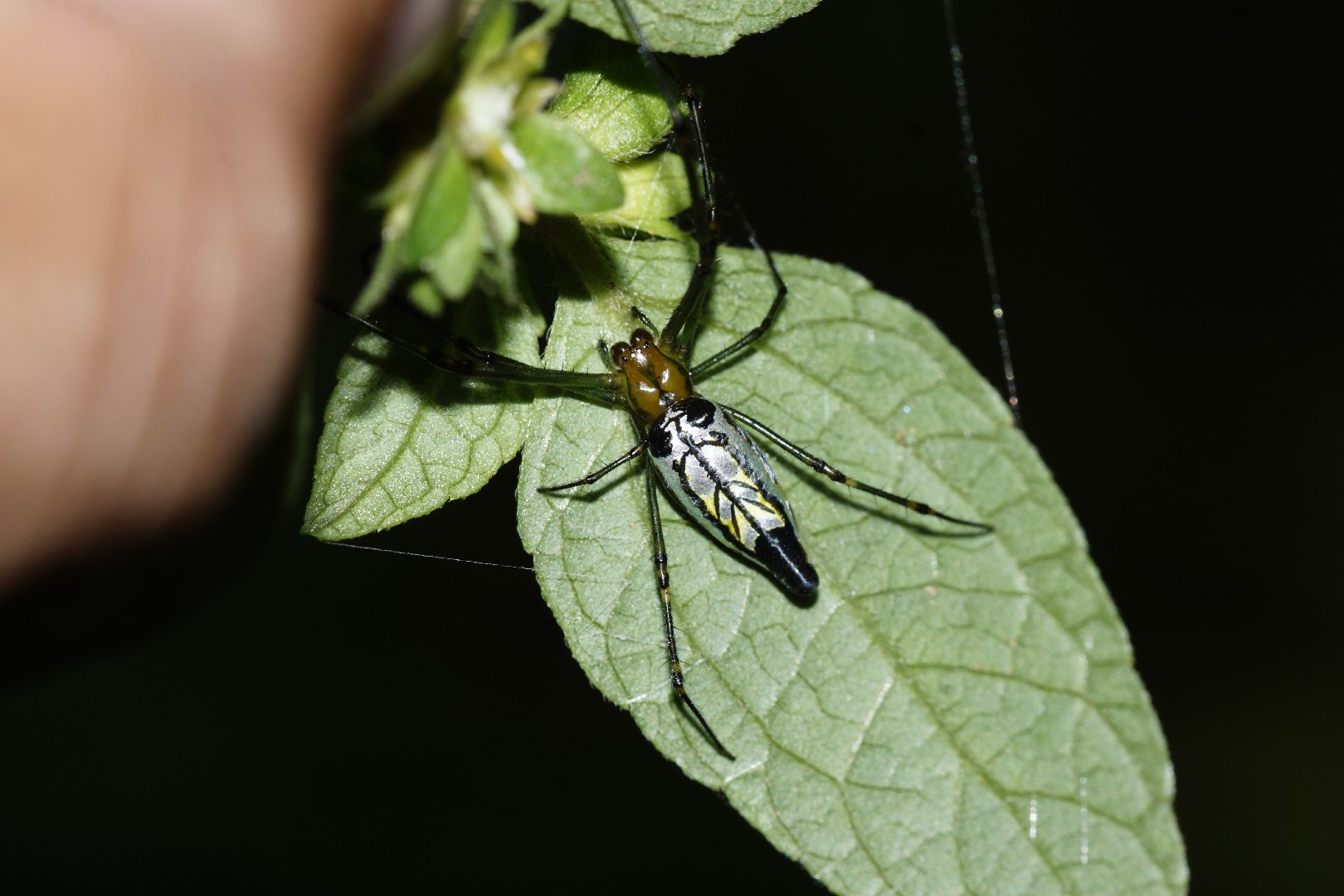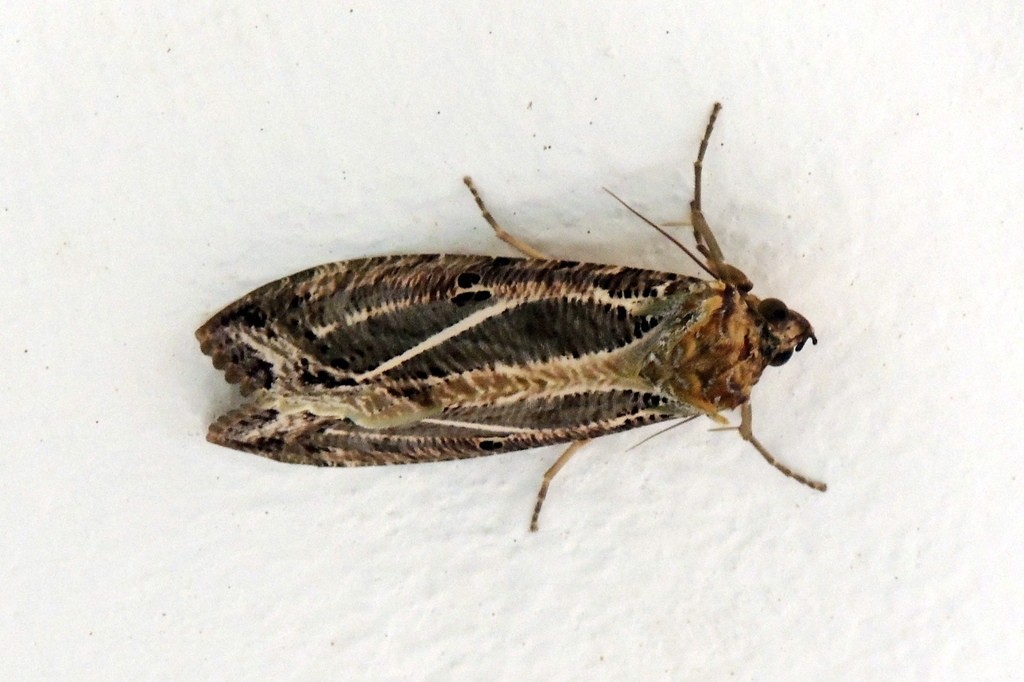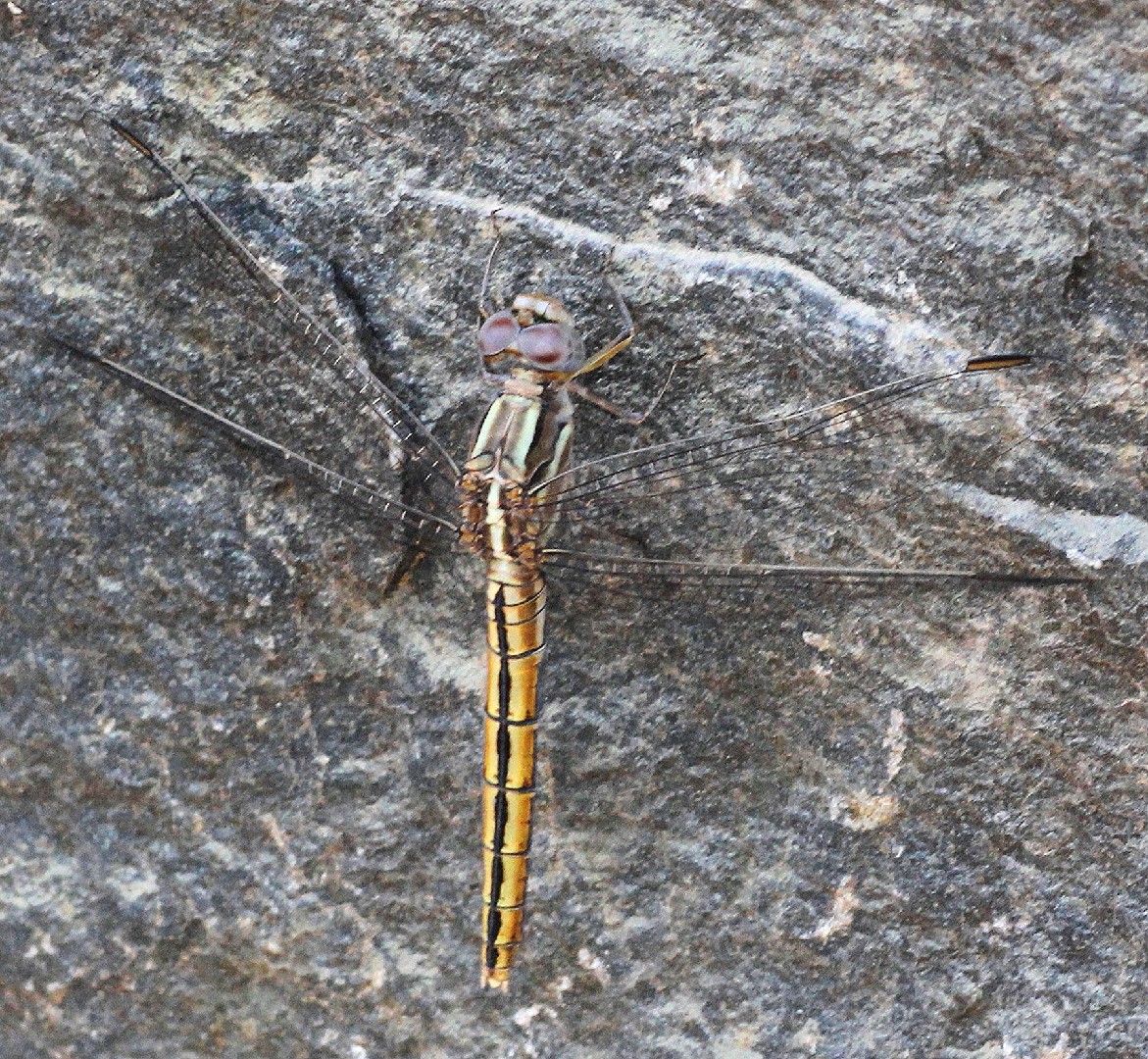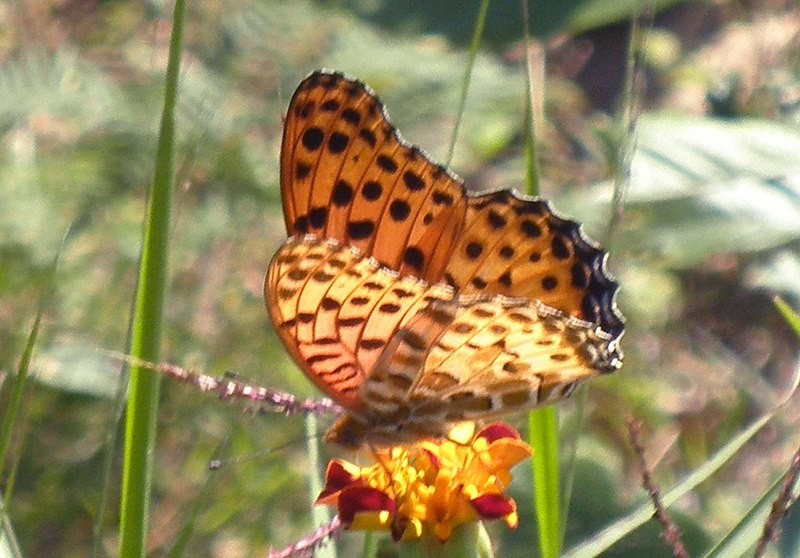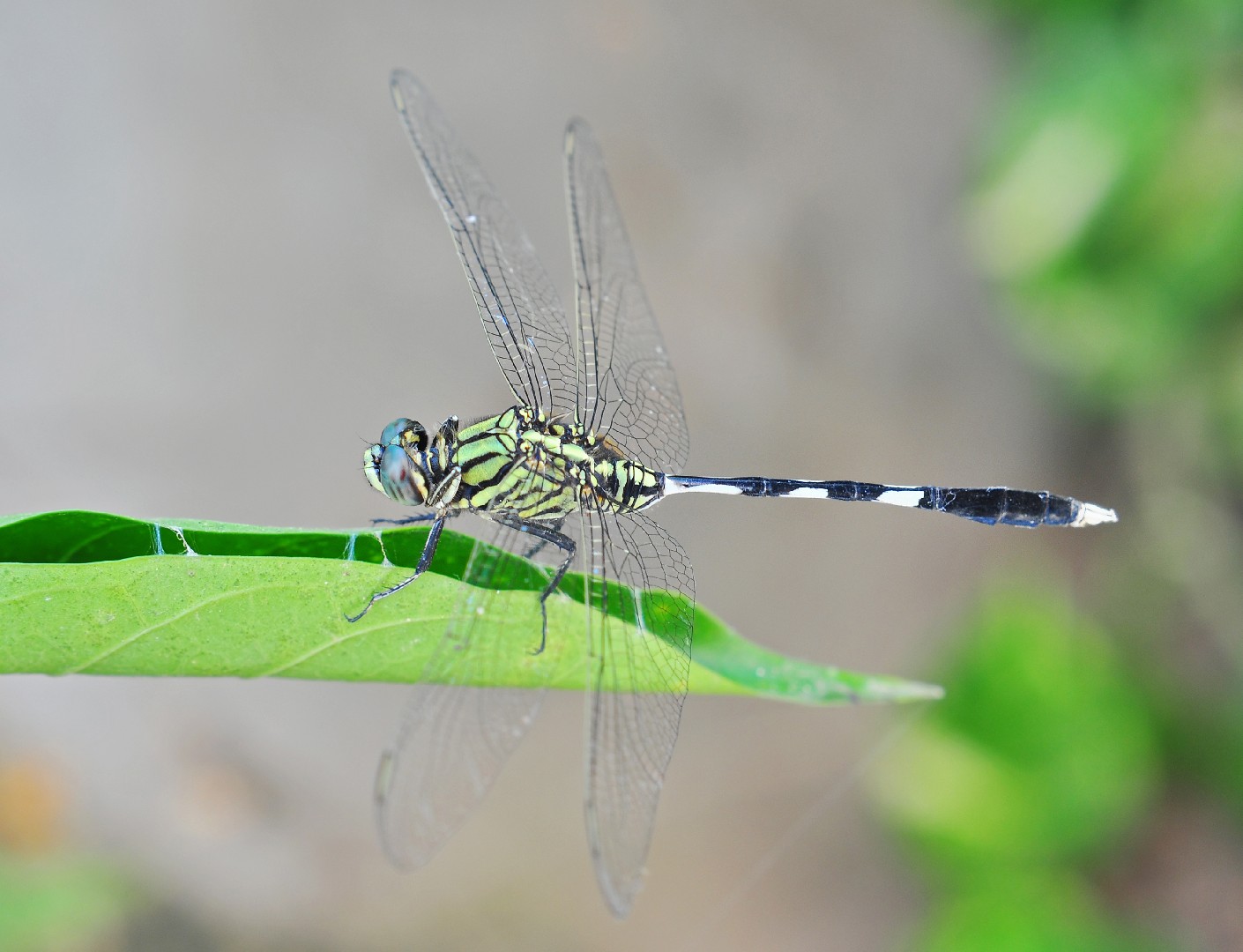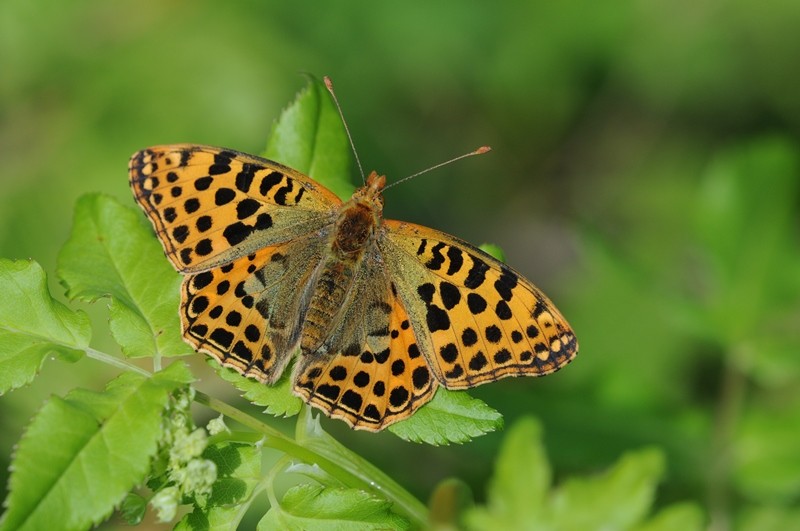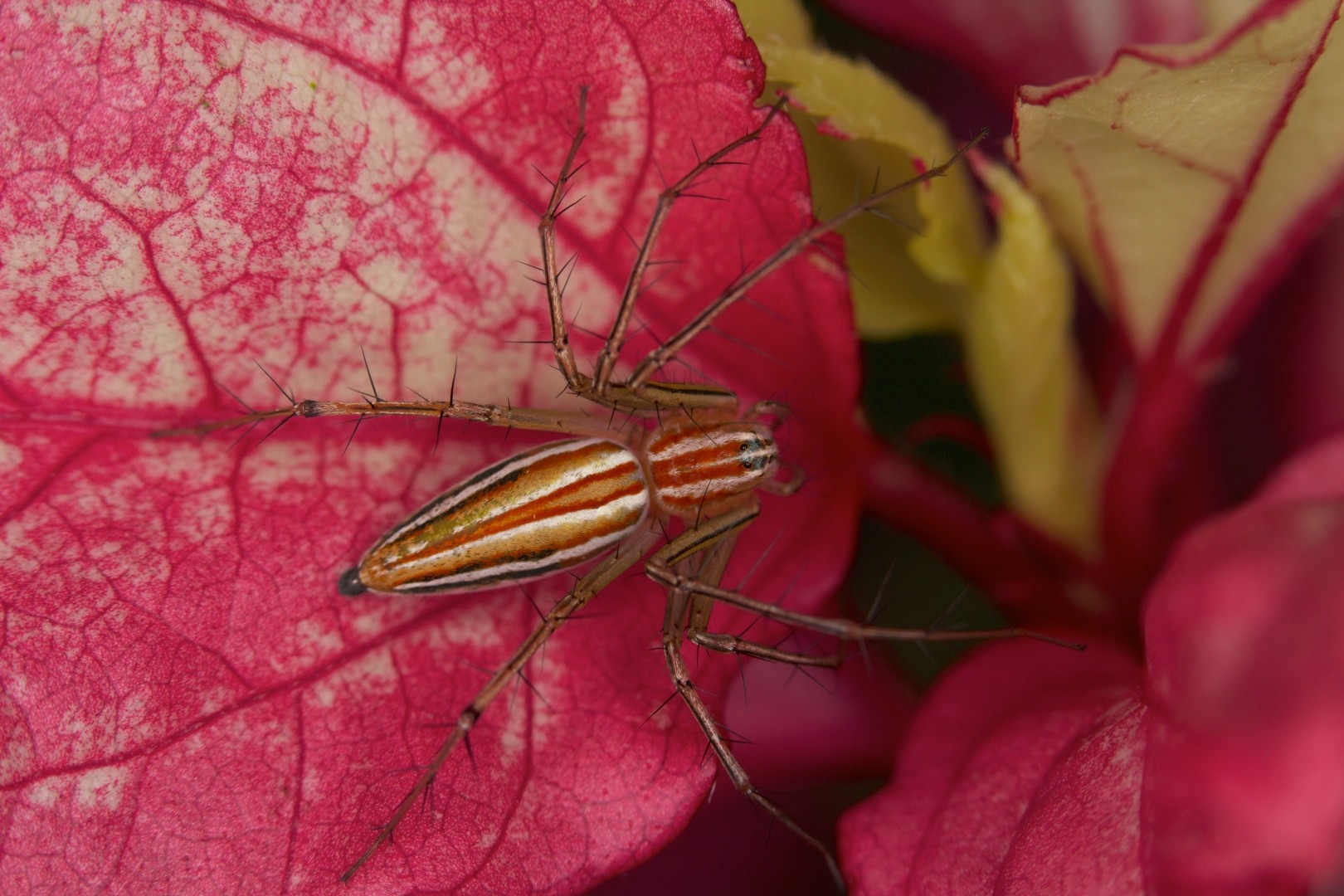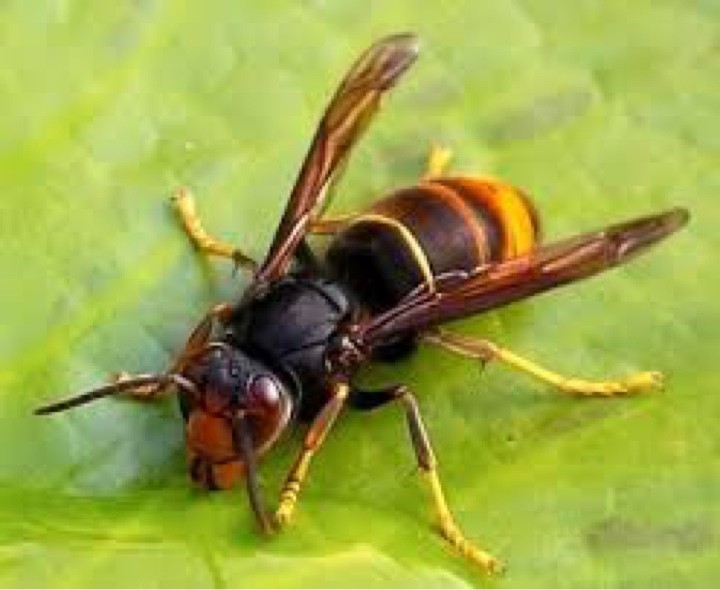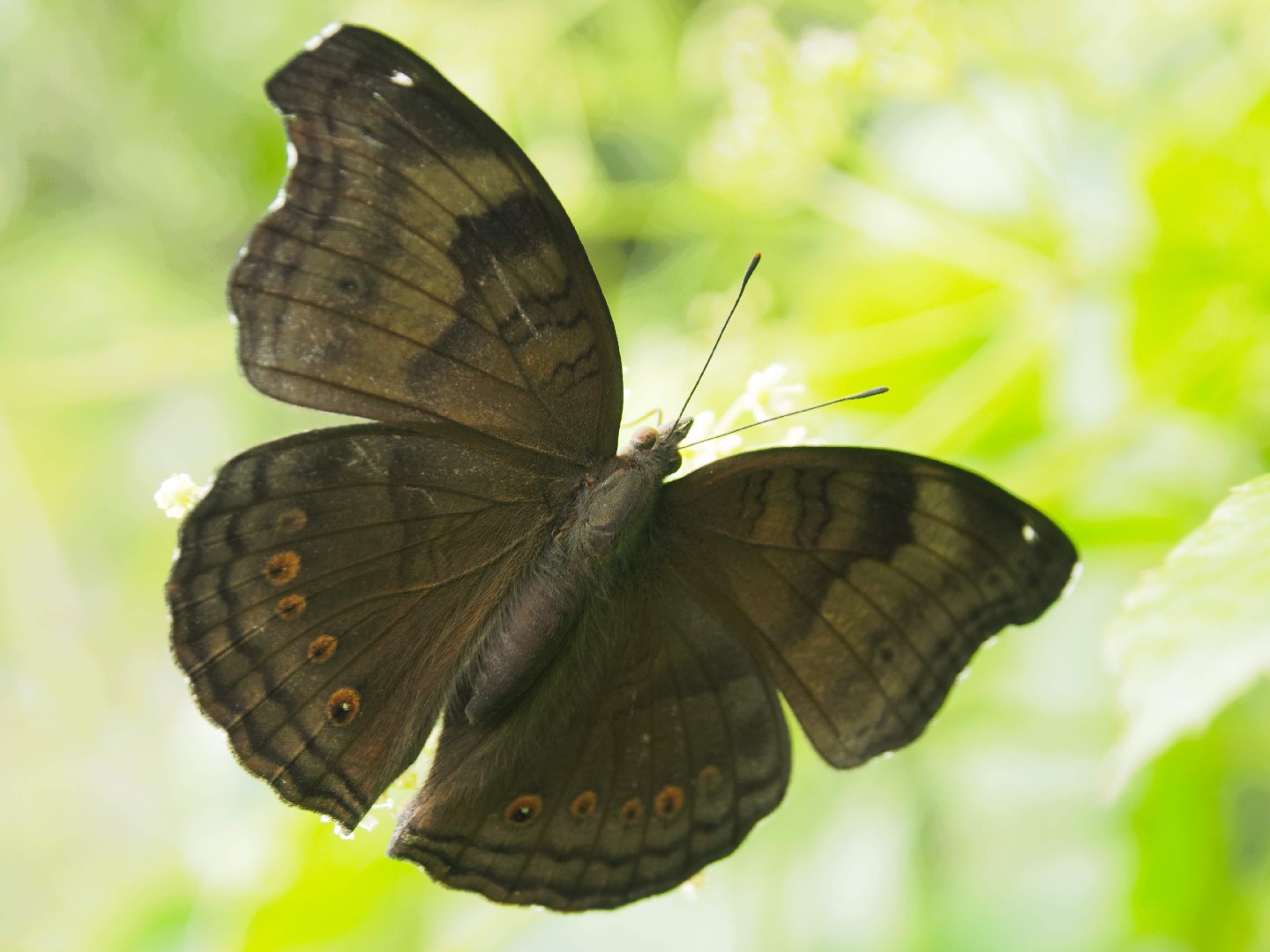Top 20 Most Common Insects in Lahore
Insects, with their diverse characteristics and habitats, are intriguing creatures that inhabit every nook and cranny of Lahore. As Lahore's landscapes differ, so does the insect diversity, showcasing an impressive array of species. These little creatures play an essential role in our ecosystem, from being pests affecting agricultural productivity to beneficial insects aiding in pollination. Our list, 'Top 20 most common insects in Lahore', will not just identify species, but will amplify our understanding of how our environment molds their lives.
Most Common Insects
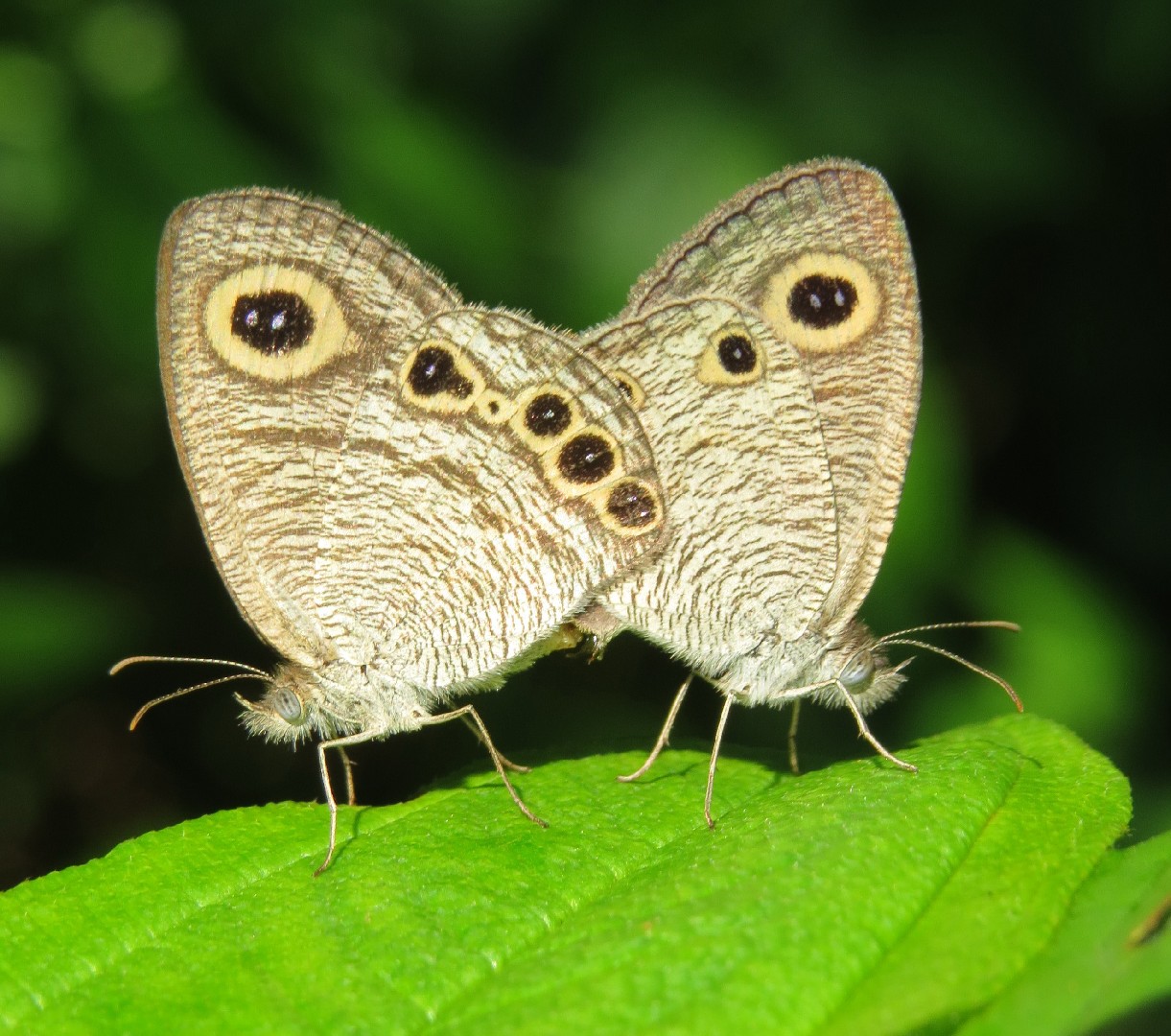
1. Common four-ring
Wet-season form: Upperside greyish brown. Forewing with the usual comparatively large, bi-pupilled, yellow-ringed, black preapical ocellus. Hindwing usually with two, sometimes with three, very rarely without any, smaller similar uni-pupilled postdiscal ocelli. Underside greyish white, not very densely covered with transverse short brown striae. Forewing with the preapical ocellus as on the upperside, obscure discal and subterminal dull brown transverse fasciae and a narrow brown ring round the ocellus diffusely produced posteriorly. Hindwing with one apical and typically three postdiscal posterior ocelli placed in a curve; traces of transverse brown discal and subterminal fasciae in most specimens. Antenna, head, thorax and abdomen greyish brown, the abdomen paler beneath. Male without secondary sex-mark. Dry-season form: Similar, somewhat paler on both upper and under sides; the discal and subterminal transverse fasciae more pronounced; the ocelli on the underside of the hindwing minute or absent. Adults have a wingspan of 4 - 4.5 cm. 

2. Lemon pansy
It is brown with numerous eyespots as well as black and lemon-yellow spots and lines on the upperside of the wings. The underside is a dull brown, with a number of wavy lines and spots in varying shades of brown and black. There is also an eyespot on the lower side of the forewing. The wet- and dry-season forms differ considerably in coloration and even shape. In the wet-season form the markings are distinct and vivid and the wing shape is a little more rounded. In the dry-season form the markings are obscure and pale especially on the underside and the wing margin is more angular and jagged. 
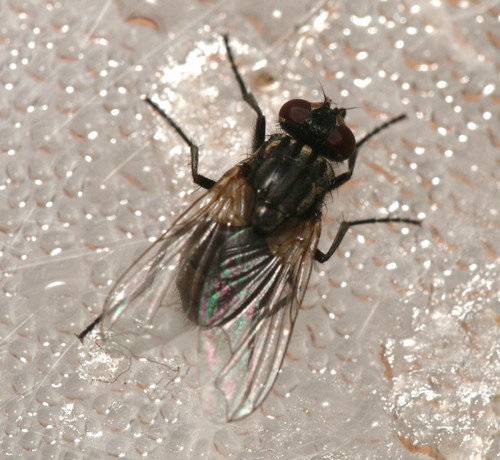
3. Common house fly
The female common house fly mates once and can store the sperm for multiple batches of eggs throughout her life. She will lay anywhere between 75 to 150 eggs at a time, usually in rotting organic matter, where the larvae will feed. The adults feed on feces and animal matter, making them important ecological composters. However, they can also transmit pathogens to human food and are considered pests and health hazards in human-occupied areas.
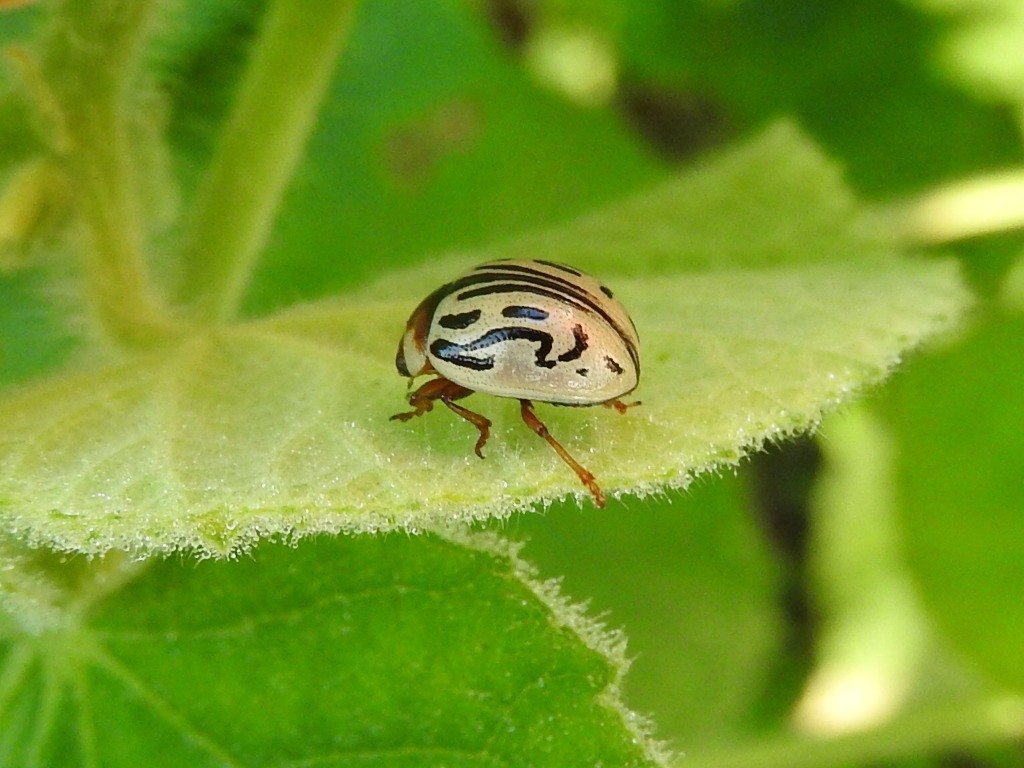
4. Mexican beetle
Z. bicolorata is a small lead beetle with a brown head, brown and yellow graduated pronotum and yellow elytra marked with characteristic elongated brown stripes. The pattern on the elytra is greatly variable - in a study of 478 beetles, 29 variations on this pattern were identified. 
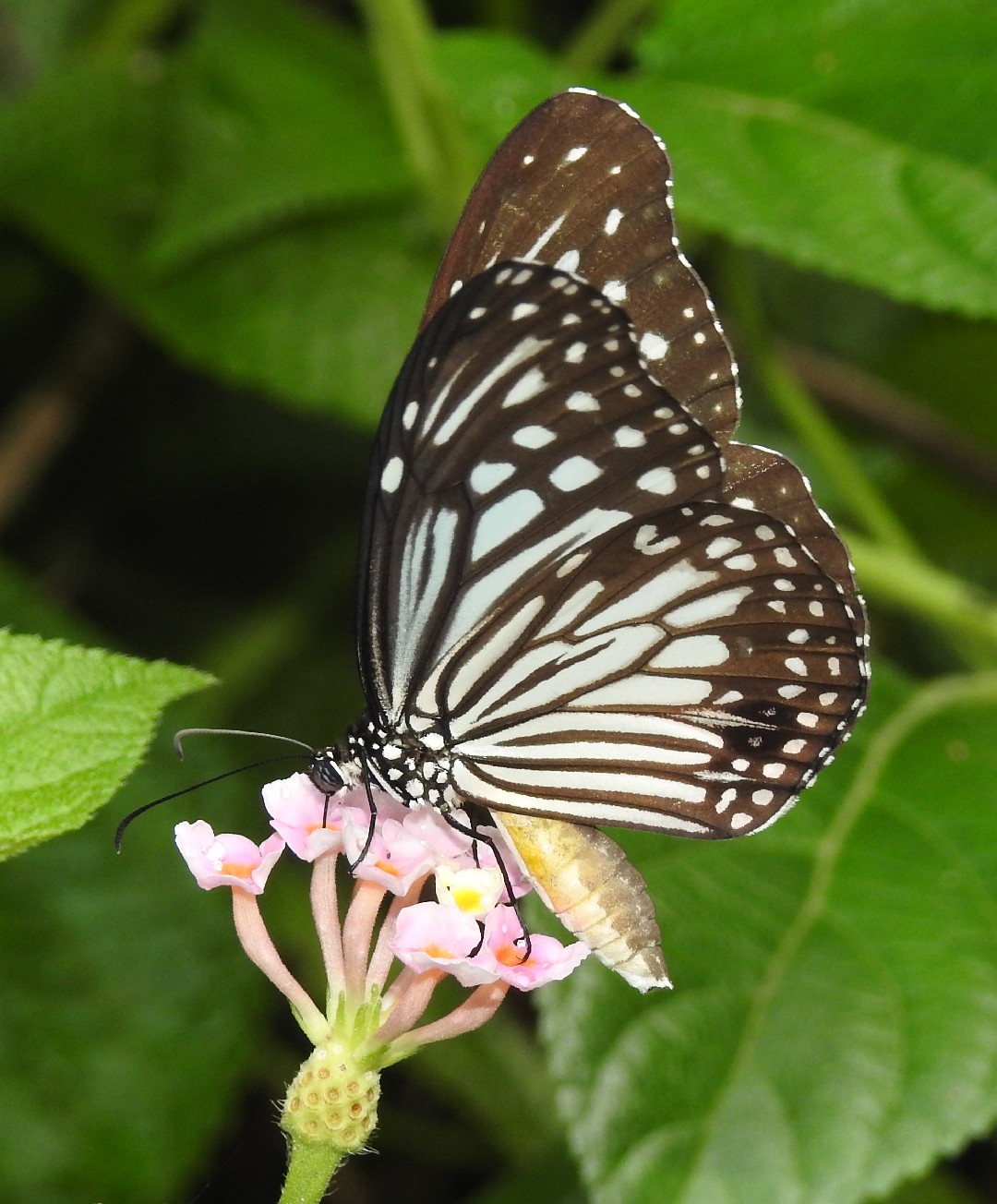
5. Glassy tiger
The scientific name of the species was first validly published in 1782 by Caspar Stoll.
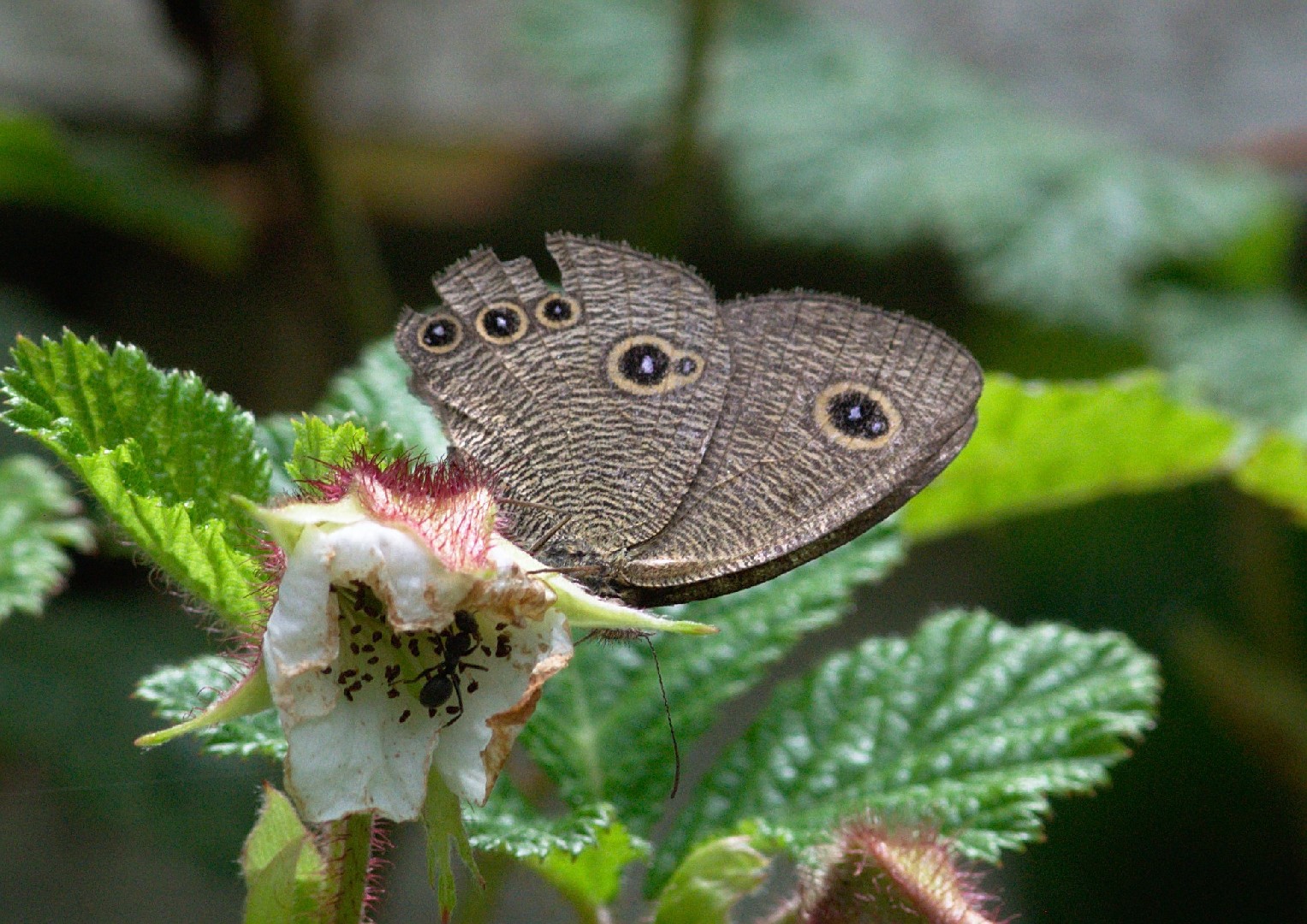
6. Kumaon five-ring
Ypthima nikaea, the Moore's fivering, is a species of Satyrinae butterfly found in Asia. 
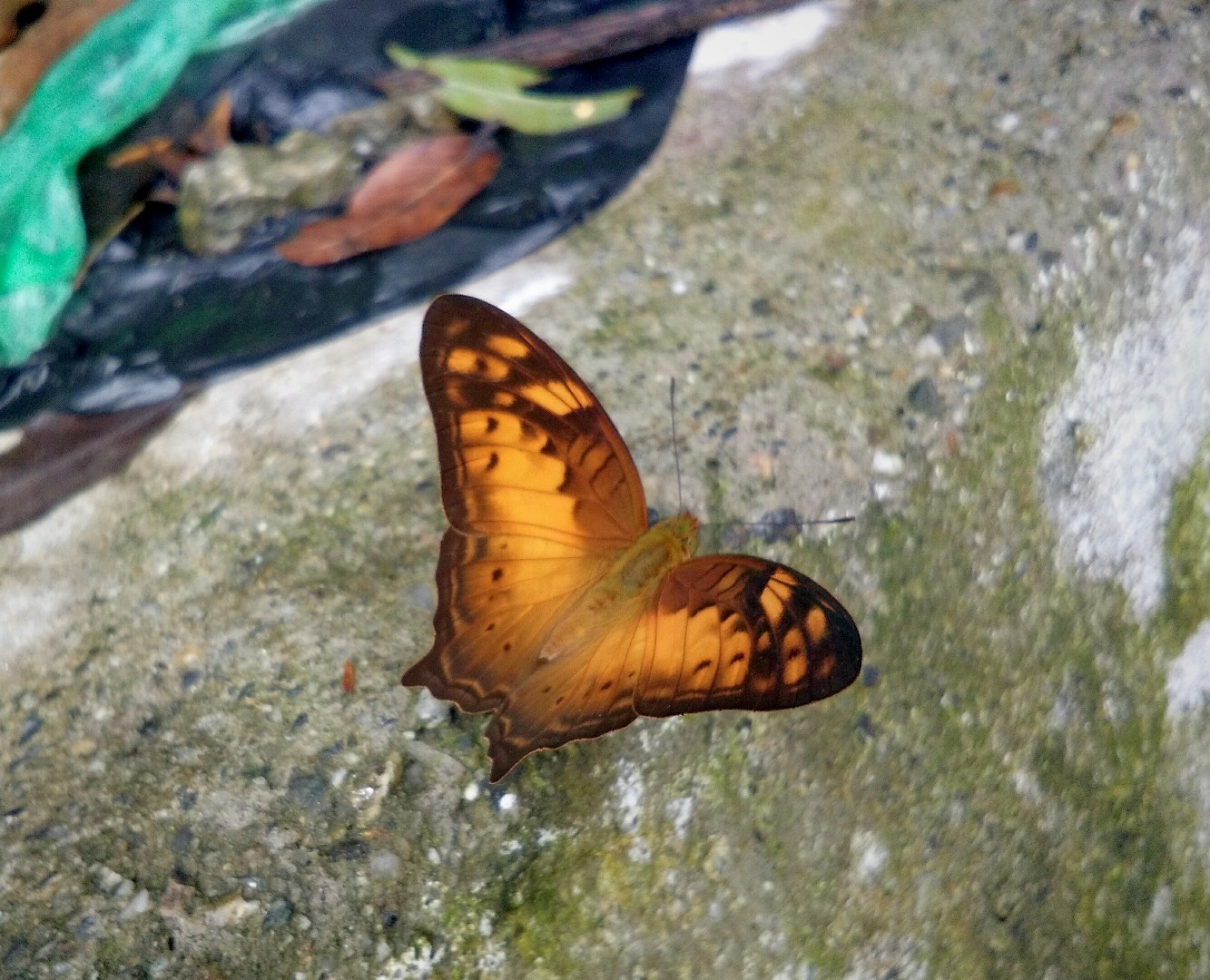
7. Tailed rustic
Vagrans is monotypic genus with the species vagrant (Vagrans egista) a species of nymphalid butterfly found in forested areas of tropical South Asia and Southeast Asia. 
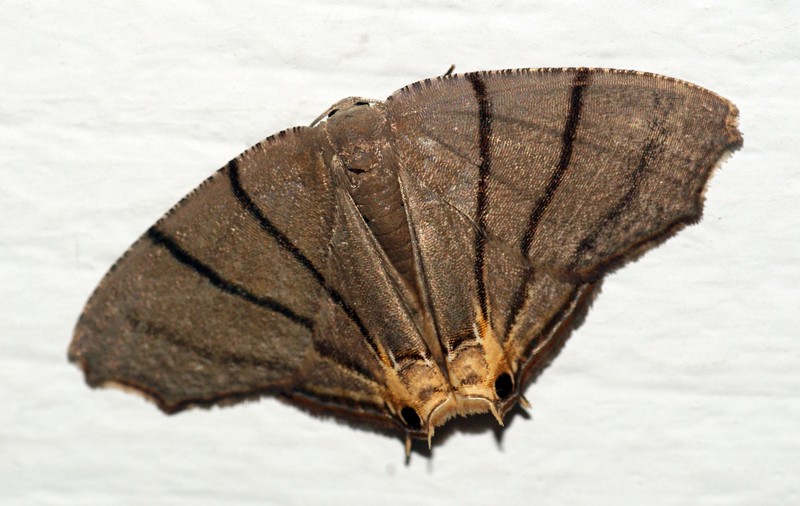
8. Orudiza protheclaria
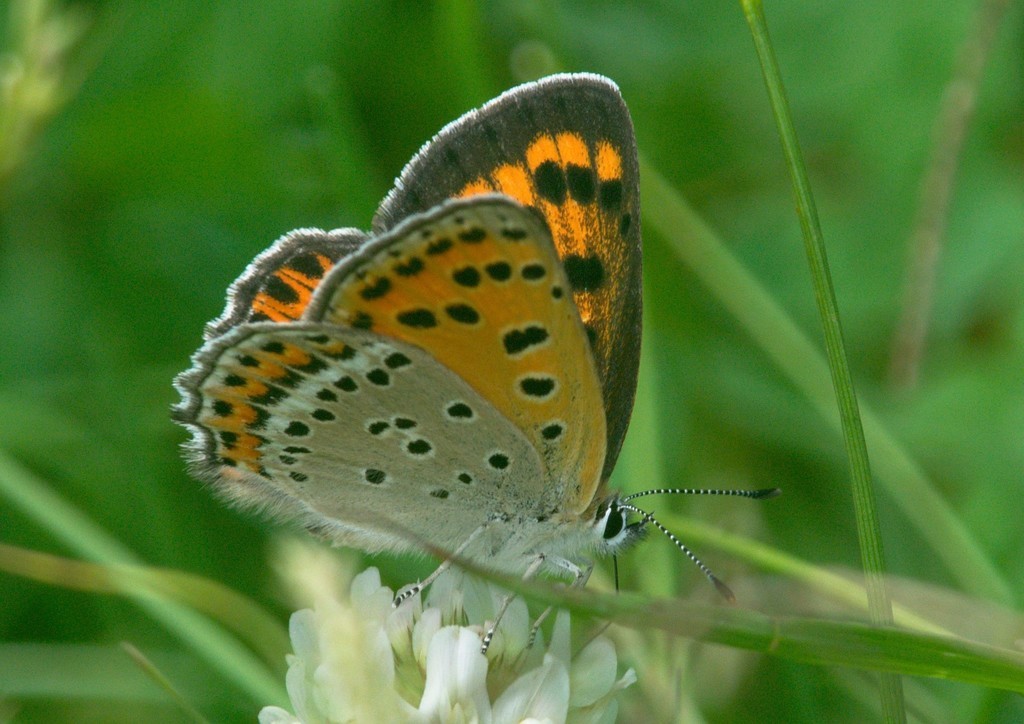
9. White-bordered copper
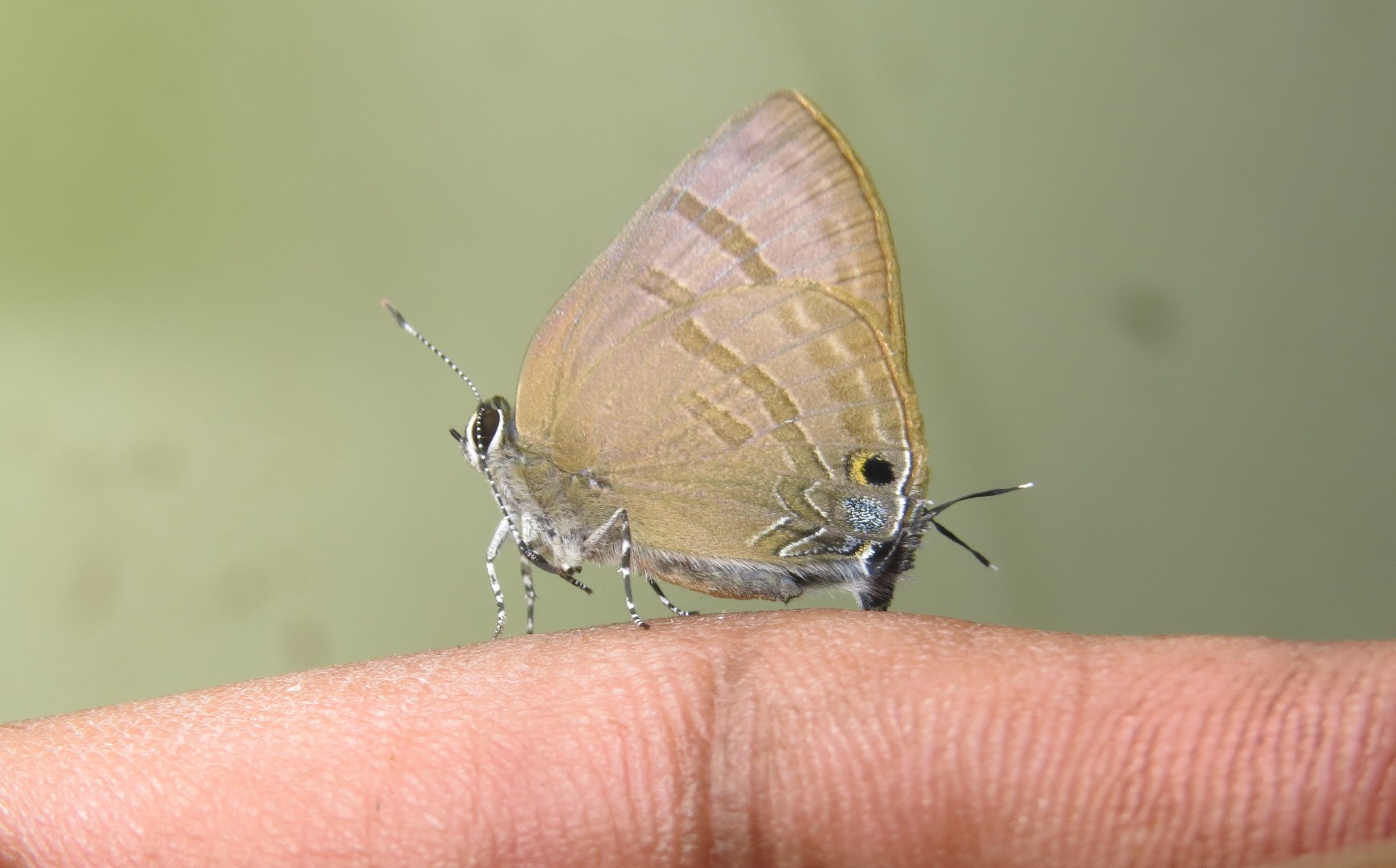
10. Slate flash
Rapala manea, slate flash, is a butterfly of the family Lycaenidae. It is found in most of the Indomalayan realm (excluding Taiwan). The wingspan is 24–26 mm. Adult males have dark brown wings with a hint of purple on the cell area of the wings. The underside is greyish brown with two irregular bands. Females are lighter and have androconial patches at the costal margin of the hindwing. The larvae of subspecies R. m. schistacea feed on the flowers of Rosaceae, Euphorbiaceae, Combretaceae and Leguminosae species, including Quisqualis indica and Acacia caesia. They are attended by ants. The larvae are dull rose red. Pupation takes place in a pinkish pupa, mottled with black. It is attached to the stem or a leaf of the host plant. 
More
